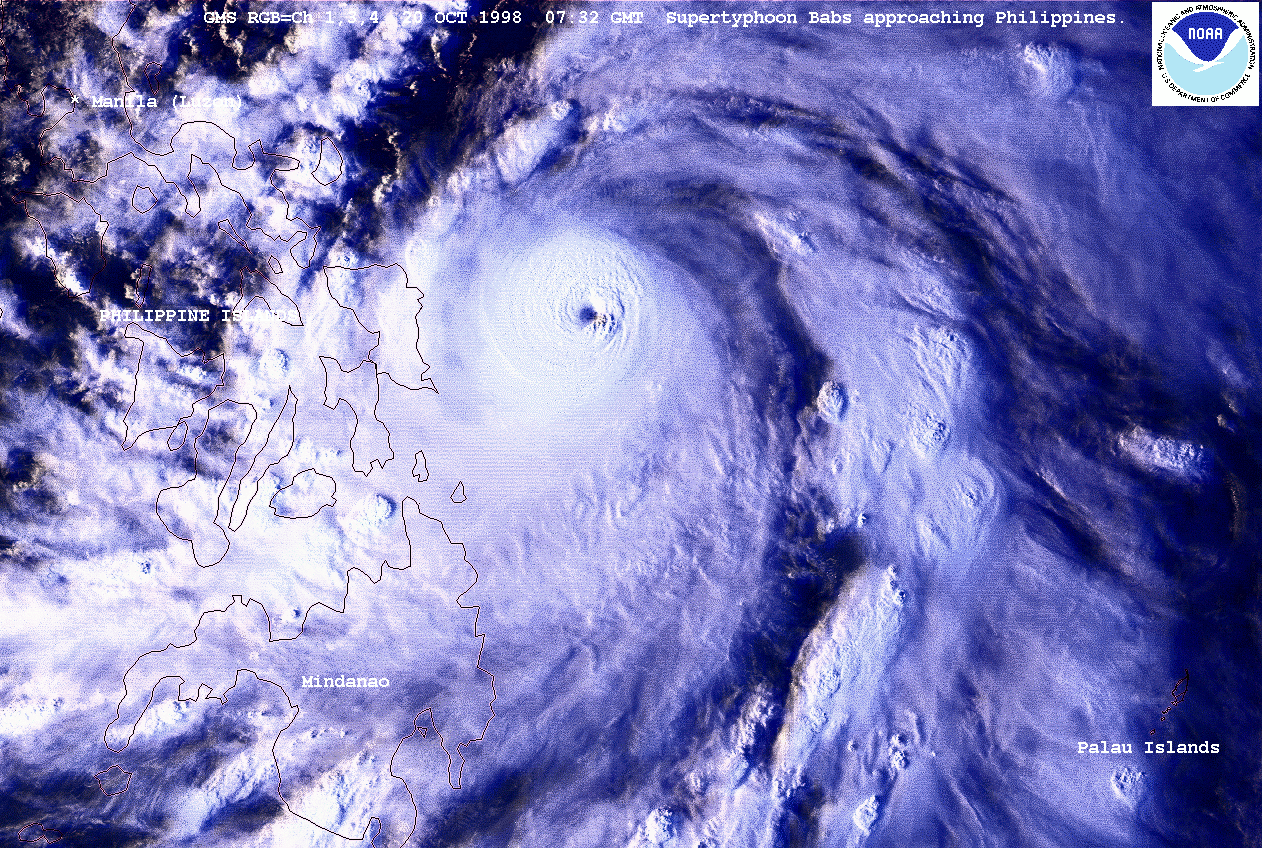#4 Postby MiamiensisWx » Wed May 27, 2015 1:50 pm
You're largely asking questions of geography. Because the Pacific Ocean is so much larger than the Atlantic, there is a larger area of higher heat content offering more potential for release of latent heat, leading to lower environmental pressures and hence storms with larger circulations than are usually observed in the Atlantic. Western Pacific typhoons often form within a broad monsoonal trough with larger areas of instability, so even when typhoons develop a tight inner core, their circulation can be quite large, and after eyewall replacement cycles, their pressures can be much deeper than in the Atlantic due to surrounding low environmental pressures. Due to higher instability, Western Pacific typhoons typically develop larger central dense overcasts (CDOs) with a broader area of extremely cold cloud tops than are often observed in Atlantic storms. Therefore, Western Pacific typhoons have a higher ceiling under which to become more intense than even the most intense Atlantic hurricanes (at least in terms of minimum central pressure). However, there is a decent likelihood that Atlantic hurricanes and Pacific typhoons are equally capable of attaining extreme maximum sustained wind speeds, for higher environmental pressures in the Atlantic compensate for lower instability and often produce small but very powerful hurricanes, e.g., the 1932 Puerto Rican and Texas hurricanes, the 1935 Labor Day hurricane, Janet 1955, Carol 1953, Andrew 1992, Charley 2004, etc. Although Gilbert 1988 was an exception in that it had a large, typhoon-like circulation, its inner core was quite small, as was Wilma's, hence each storm's peak winds of 160 kt/185 mph.
0 likes











